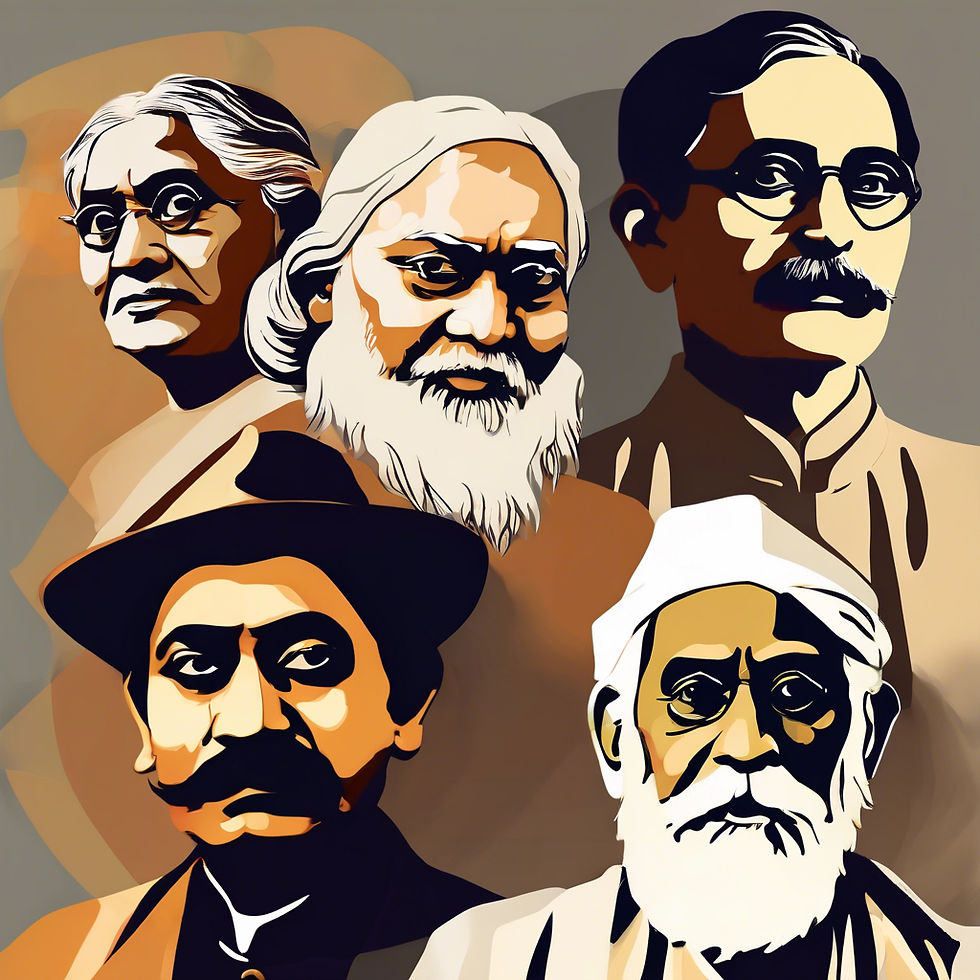Why Is Kalamkari Art Made with a Pen? The Story of South Indian Fabric Art
- CAMI Info
- May 9
- 3 min read
Kalamkari, a beautiful and ancient form of South Indian art, is known for its intricate and vibrant designs. The term "Kalamkari" itself comes from two words—'Kalam' meaning pen, and 'Kari' meaning craftsmanship or work. So, at the heart of this craft is the pen, an essential tool used to create stunning illustrations on fabric. But why is this pen so integral to the art form? To understand this, let’s delve into the history and significance of Kalamkari art.

The Origins of Kalamkari
Kalamkari has its roots in the ancient temples of South India. Initially, the technique was used to create murals on temple walls, illustrating scenes from mythology and Hindu epics such as the Ramayana and Mahabharata. The word "Kalamkari" refers to the pen used to create these artworks, which were typically done using natural dyes and a traditional pen made from bamboo or wood.
There are two main styles of Kalamkari—Srikalahasti and Machilipatnam. The Srikalahasti style is known for freehand drawing with the pen, where artists use a bamboo stick to draw detailed figures and motifs, often focusing on religious themes. The Machilipatnam style, on the other hand, features block printing, but the final touch of intricate designs is still drawn with the pen.
The Art of Pen Craftsmanship
The act of using a pen in Kalamkari art is not just about drawing—it’s a deeply spiritual practice. The artist begins by preparing the fabric, which is typically cotton or silk, by washing it thoroughly to remove impurities. Once the fabric is ready, it is stretched tightly on a frame. The artist then uses a bamboo or wooden pen, dipped in a mixture of natural dyes, to carefully draw out the design.
What makes Kalamkari stand out is the fine detailing that the pen allows. The tip of the pen is sharp, enabling the artist to create delicate lines that bring life to the fabric. The process requires patience, skill, and an intimate connection with the subject matter. Some of the most common motifs include floral patterns, peacocks, and depictions of gods and goddesses, all meticulously drawn with the pen.
The natural dyes used in Kalamkari art are derived from plants, minerals, and even insects, making the colors rich and earthy. Red, yellow, black, and brown are the traditional colors, each chosen for its symbolism and connection to nature.
Why the Pen?
The reason the pen is the tool of choice in Kalamkari art lies in its precision. Unlike other forms of fabric painting or dyeing, the pen allows artists to create complex, intricate patterns that are hard to achieve with brushes or other tools. It also ensures that the artwork remains sharp and clear, preserving the original intent of the design.
Moreover, the use of a pen in Kalamkari connects the artist to the ancient traditions of South Indian temple art. It symbolizes the bridge between the sacred and the artistic, blending spirituality with creativity in a way that is unique to this art form.
CAMI’s Role in Preserving Traditional Arts
At the Children’s Art Museum of India, we are dedicated to preserving and promoting traditional Indian arts like Kalamkari. Our platform allows children and young artists to explore these rich cultural practices, bringing age-old techniques into the contemporary world. Through Artfests, exhibitions, and art displays, CAMI is helping to nurture the next generation of artists while preserving the cultural heritage of India.
Submit your colorful creation to us and share your artistic journey!
#HistoryOfColors #ArtPigments #CreativeKids #PaintingWithColors #AncientArt #ColorfulCreations #ArtHistory #ChildrensArtMuseumOfIndia




Comments